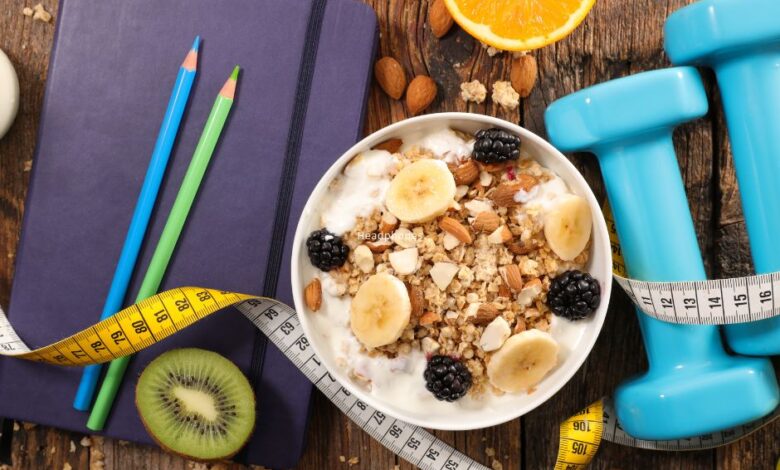Top Sources of Plant-Based Protein You Should Add to Your Diet

One of the biggest questions people ask when switching to a plant-based diet is:
“Where do I get my protein?”
The truth is, plants offer plenty of high-quality protein — you just need to know where to look. Whether you’re vegan, vegetarian, or simply cutting back on meat, there are many delicious and nutritious protein-rich options to keep your body strong, energized, and satisfied.
In this guide, we’ll explore the top plant-based protein sources and how to easily include them in your daily meals.
1. Lentils
Lentils are one of the most affordable and nutrient-dense protein sources available.
-
Protein: About 18 grams per cooked cup
-
Nutrients: Iron, folate, and fiber
-
How to use: Add to soups, stews, or salads for a hearty and filling meal.
Lentils also help stabilize blood sugar and support digestive health, making them perfect for long-term energy.
2. Chickpeas (Garbanzo Beans)
Chickpeas are versatile and packed with protein.
-
Protein: 14–15 grams per cup
-
Benefits: Support heart health and muscle recovery
-
How to use: Blend into hummus, roast for snacks, or toss into grain bowls.
They’re also a great base for plant-based burgers and patties.
3. Quinoa
Unlike most plant foods, quinoa is a complete protein, meaning it contains all nine essential amino acids.
-
Protein: 8 grams per cooked cup
-
Bonus: Gluten-free and rich in magnesium and antioxidants
-
How to use: Use as a base for salads, stir-fries, or breakfast bowls.
Quinoa is an excellent alternative to rice or pasta for extra protein.
4. Tofu, Tempeh, and Edamame
All three come from soybeans, one of the best plant-based protein sources.
-
Protein: 10–20 grams per serving
-
Benefits: Support muscle growth and hormonal balance
-
How to use:
-
Tofu: Ideal for stir-fries, curries, or smoothies
-
Tempeh: Great for grilling and sandwiches
-
Edamame: A high-protein snack or side dish
-
These soy-based foods are rich in calcium, iron, and isoflavones that benefit heart and bone health.
5. Chia Seeds
Tiny but mighty, chia seeds are a protein and omega-3 powerhouse.
-
Protein: 5 grams per 2 tablespoons
-
Bonus: High in fiber and antioxidants
-
How to use: Add to smoothies, oatmeal, or make chia pudding.
They expand in liquid, helping you feel full longer while supporting digestion.
6. Nuts and Nut Butters
Almonds, peanuts, walnuts, and cashews are protein-rich and full of healthy fats.
-
Protein: 6–8 grams per handful
-
Benefits: Boost brain function and heart health
-
How to use: Spread almond butter on toast or add crushed nuts to salads.
Opt for unsalted and natural versions to avoid added sugar and oils.
7. Seitan (Wheat Gluten)
Seitan is known as the “meat” of the vegan world because of its texture and protein content.
-
Protein: 21 grams per 3-ounce serving
-
How to use: Grill, sauté, or use in wraps and stir-fries
It’s an excellent choice for athletes and those looking for a high-protein, low-carb option (unless you’re gluten-sensitive).
8. Green Peas
Don’t underestimate these small green gems.
-
Protein: 9 grams per cup
-
Benefits: High in vitamins A, C, and K
-
How to use: Add to soups, pastas, or blend into creamy dips.
Pea protein is also popular in vegan protein powders and meal replacements.
Conclusion
Getting enough protein on a plant-based diet is easier than you think.
By mixing different sources — like lentils, tofu, quinoa, and nuts — you’ll provide your body with all the amino acids and nutrients it needs to thrive.
Whether your goal is building muscle, maintaining energy, or improving overall health, plant-based proteins can support it all — naturally and deliciously.




